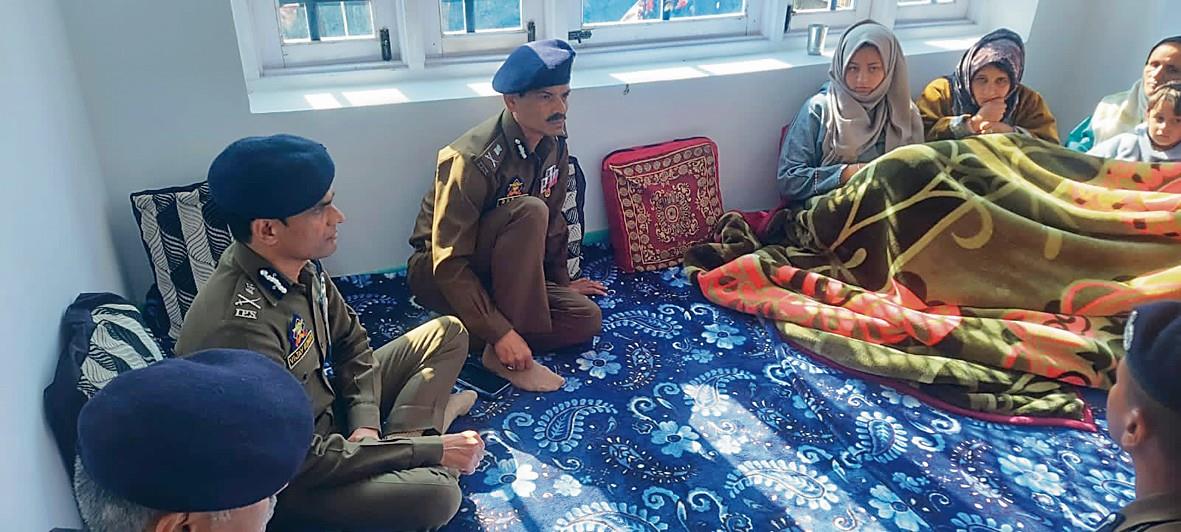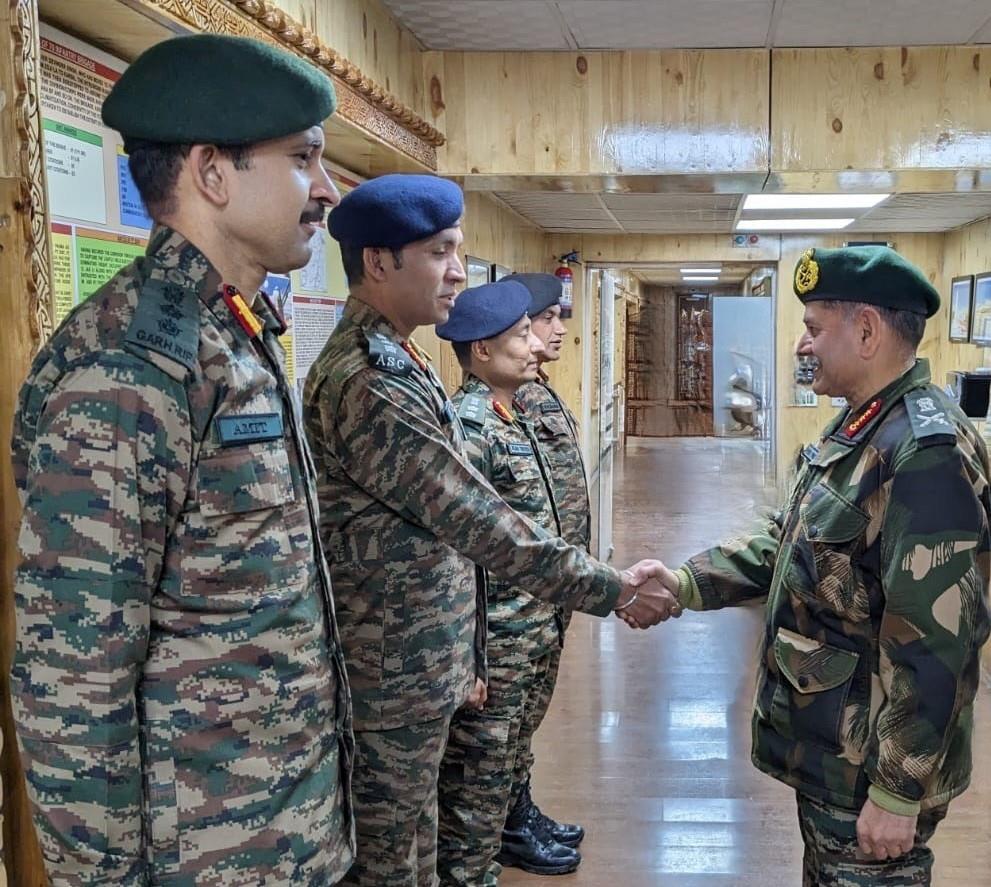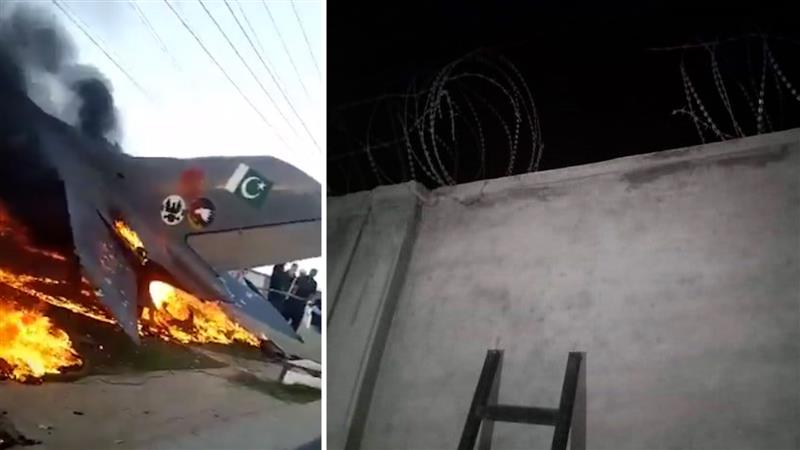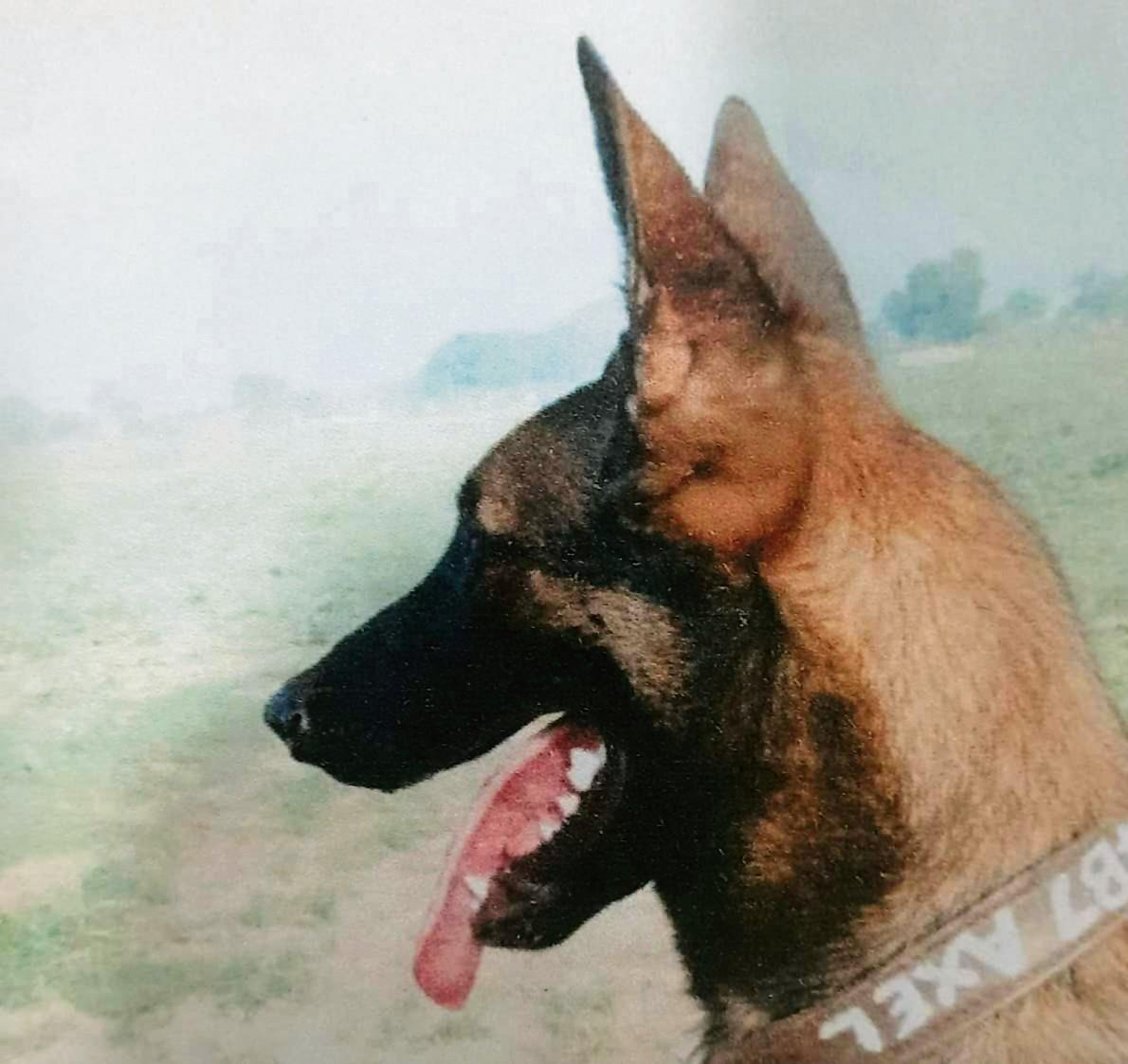US warns ceasefire would allow Hamas to regroup, strike again
Gaza/Amman, November 5
The Hamas-run government said on Sunday that Israeli military attacked a Gaza refugee camp on Saturday night, killing at least 38 people, as calls for a ceasefire by the Arab world were rejected by the United States and Israel.
With the death toll in Gaza mounting, pro-Palestinian demonstrators staged protests in cities around the world on Saturday, calling for an end to the nearly month-old war.
Gaza health officials said on Saturday more than 9,488 Palestinians have been killed in the war, which began when Hamas fighters launched a surprise attack on southern Israel on October 7, killing 1,400 people and taking more than 240 others hostage.
Israel continued to strike Gaza Strip by air, sea, and ground overnight. Gaza health officials said Israeli air strikes destroyed a cluster of houses in the Maghazi refugee camp in central Gaza.
Salama Marouf, head of the Hamas government media office, told Reuters the Israeli strike in Maghazi killed at least 38 Palestinians and wounded 100. A Palestinian news agency had earlier reported 51 dead.
Marouf said an unknown number of people remained missing and rescue workers were trying to search for them under the rubble of the destroyed houses.
Reuters could not independently verify his account.
The Israeli military did not immediately respond to a request for comment. Israel says it is targeting Hamas, not civilians, and that the militant group is using residents as human shields.
Foreign ministers from Qatar, Saudi, Egypt, Jordan and the United Arab Emirates met US Secretary of State Antony Blinken in Amman on Saturday and pushed for Washington to persuade Israel to agree to a ceasefire.
“This war is just going to produce more pain for Palestinians, for Israelis, and this is going to push us all again into the abyss of hatred and dehumanisation,” Jordanian Foreign Minister Ayman Safadi said at a press conference with Blinken. “So that needs to stop.”
However, the top US diplomat dismissed the idea of a ceasefire, saying it would only benefit Hamas, allowing the Islamist Palestinian group to regroup and attack again.
Washington had proposed localised pauses in fighting to allow in humanitarian aid and for people to leave the densely populated Gaza Strip. Israel’s Prime Minister Benjamin Netanyahu rejected this when he met Blinken on Friday in Tel Aviv.
Blinken is to visit Turkey on Monday for talks on the conflict, continuing his second trip to the region since the decades-old Israeli-Palestinian conflict reignited.
Speaking in Shanghai, Mohammad Mokhber, Iran’s first vice president, called Israeli actions “a war crime”, adding, “We need to end this immediately and provide more humanitarian assistance to Gaza.”
Israel’s assault and siege have stirring global alarm at humanitarian conditions in the narrow coastal enclave.
Pro-Palestinian demonstrators staged protests on Saturday in cities including London, Berlin, Paris, Istanbul, Jakarta and Washington, demanding a ceasefire.
Tens of thousands gathered in Washington to denounce President Joe Biden’s war policy and demand a ceasefire. Some carried posters reading “Palestinian Lives Matter”, “Let Gaza Live” and “Their blood is in on your hands”.
In Indonesia, the world’s most populous Muslim country, Foreign Minister Retno Marsudi told tens of thousands gathered in Jakarta on Sunday that the government reaffirmed its support for the struggle of the Palestinian people and would send a second shipment of aid.
CONCERNS OVER WEST BANK
Worsening violence in the Israeli-occupied West Bank has fuelled concerns that the flashpoint Palestinian territory could become a third front in a wider war – in addition to Israel’s northern border, where clashes with Lebanese Hezbollah forces have mounted.
“This has been a serious problem that’s only worsened since the conflict,” Blinken said, adding that he raised it on Friday in his meetings with Israeli officials. “Perpetrators must be held accountable.”
This year had already been the deadliest for West Bank residents in at least 15 years, with some 200 Palestinians and 26 Israelis killed, according to UN data. Since the war in Gaza began, 121 West Bank Palestinians have been killed.
Daily attacks by Israeli settlers have more than doubled, UN figures show, even though most of the deaths have occurred during clashes with Israeli soldiers.
ENCIRCLING GAZA CITY
Israel last month ordered all civilians to leave the northern part of the Gaza Strip, including Gaza City, and head to the south of the enclave.
The Israeli military has since encircled Gaza’s biggest city and is engaging in fierce street fighting with Hamas militants.
Israeli planes dropped leaflets on Gaza City, ordering people to leave towards the south through the Salah Al-Deen Road between 10 a.m. and 2 p.m. (0800-1200 GMT) on Sunday.
“Time has come, the state of Israel asks you to preserve your lives and to evacuate your homes from the areas of fighting,” said the statement. “Use the chance and evacuate immediately through Salah Al-Deen Road.”
US special envoy David Satterfield said in Amman on Saturday that between 800,000 and a million people had moved to the south of the Gaza Strip, while 350,000 to 400,000 remained in and around Gaza City.
Gaza’s living conditions, already dire before the fighting, have deteriorated further. Food is scarce, residents have resorted to drinking salty water and medical services are collapsing.
The UN humanitarian office OCHA estimates that nearly 1











































































